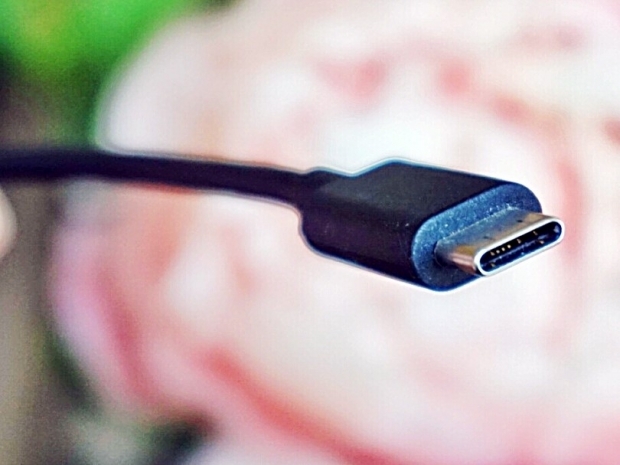According to a small amount of information which is about as official as a Donald Trump clearance on top security documents, the new cables are based on a new physical layer architecture, using existing 40 Gbps USB Type-C passive cables and newly-defined 80 Gbps USB Type-C active cables”.
Joe Balich, a spokesperson for the USB-IF, confirmed that if I were to go out and buy a USB 4 cable right now that was rated for 40 Gbps, it would be able to do twice those speeds in the future. The fact that you can use your old cable on the new standard is pretty cool.
Balich didn’t explain how that was technically possible but said that “this benefit was made a requirement when the new specification was developed and the specifics as to how 80Gbps signaling is accomplished will be disclosed once the final specification is released.”
According to the USB Promoter Group, which is made up of companies like Intel, Apple, Microsoft, HP, and Texas Instruments, the USB-C and power delivery specs will be updated to “enable this higher level of data performance.”
The USB 4 version 2.0 specification will also apparently include updates that provide better speeds when you’re using USB 3.2 — the promotors group promises over 20 Gbps — as well as improved support for DisplayPort and PCIe since it’ll be using the latest version of those standards (the first USB 4 only let you use DisplayPort 1.4a when “tunneling,” or carrying DisplayPort and USB signals at the same time).

